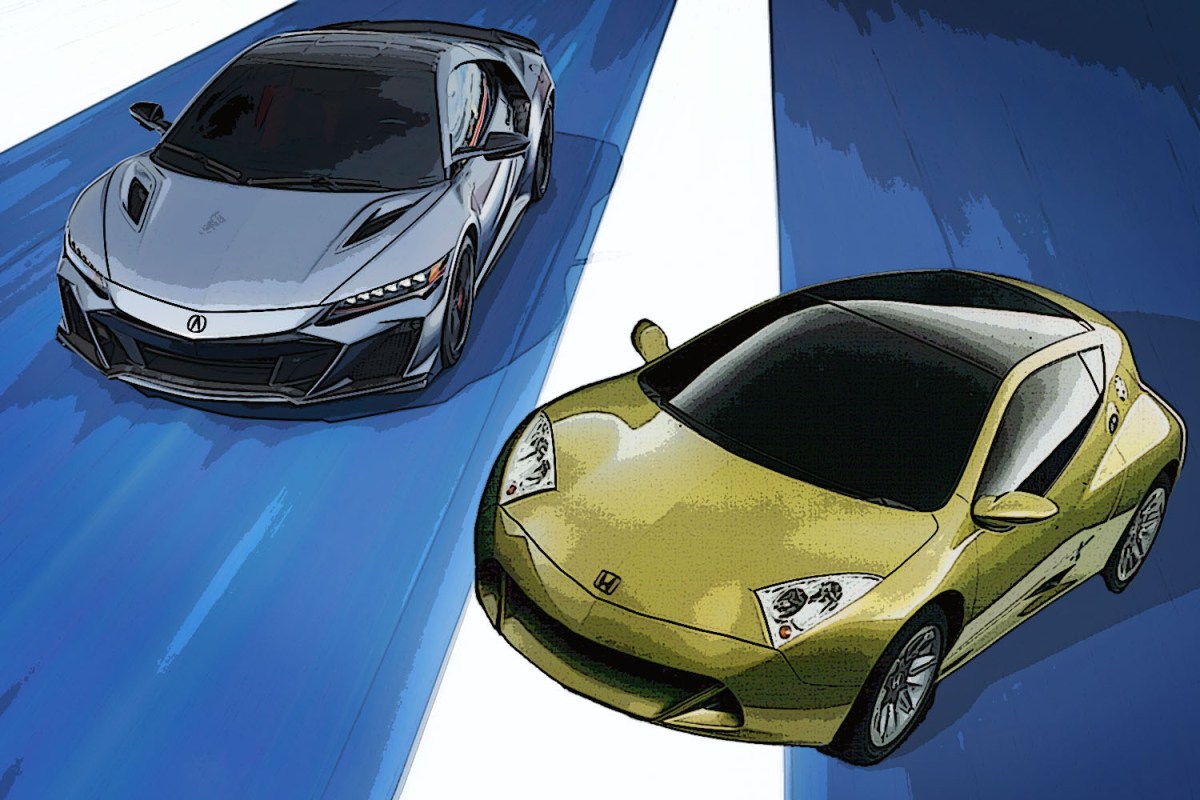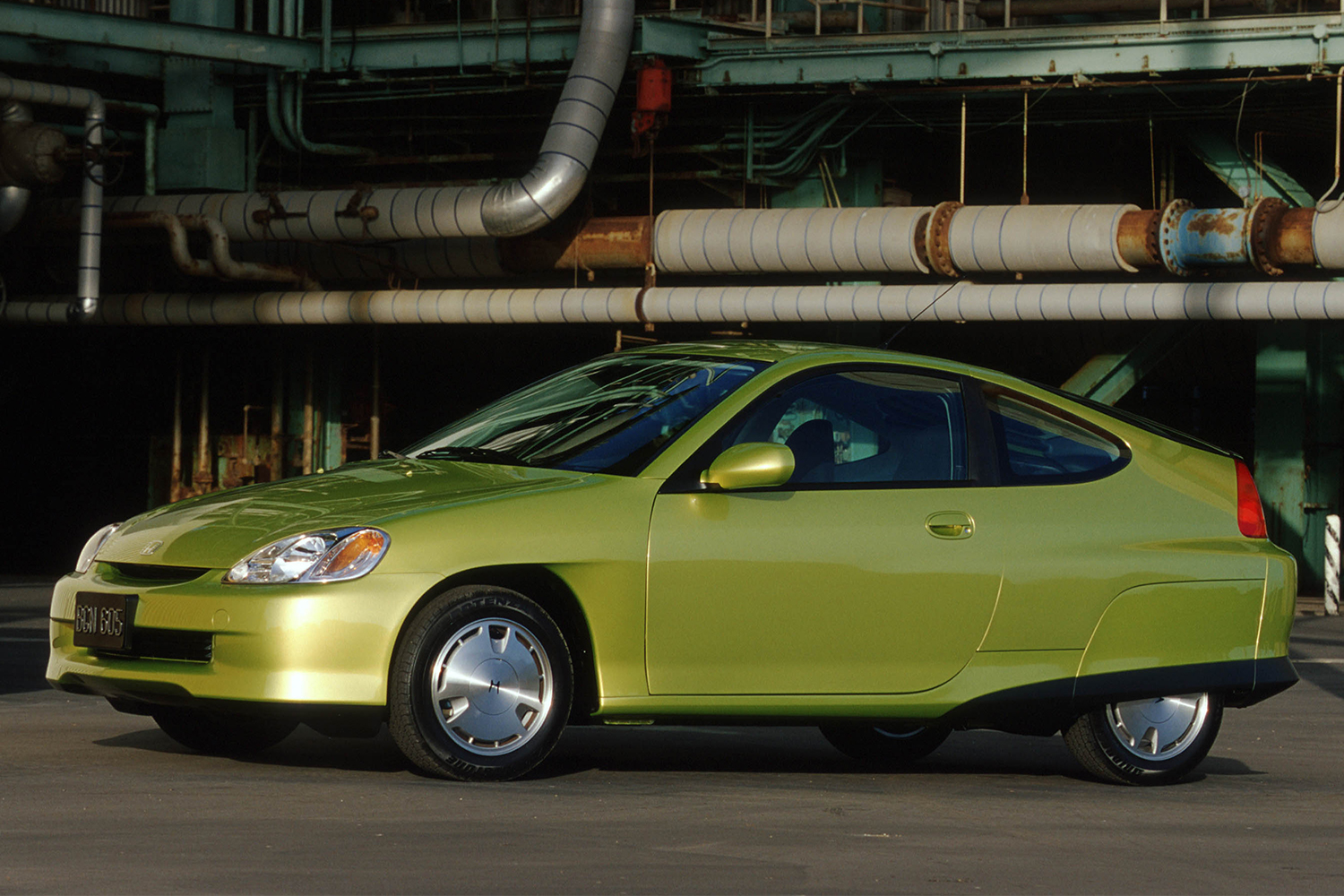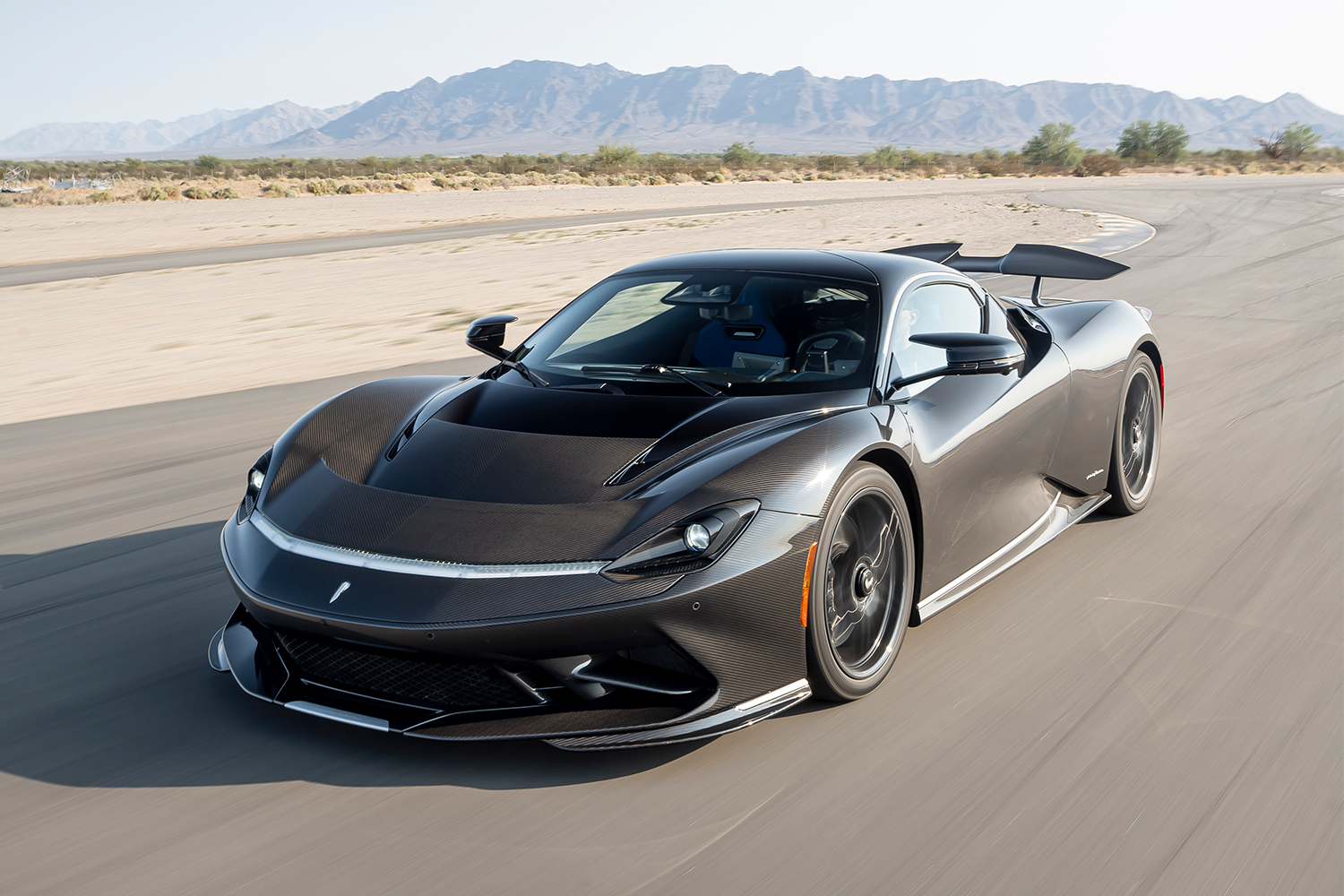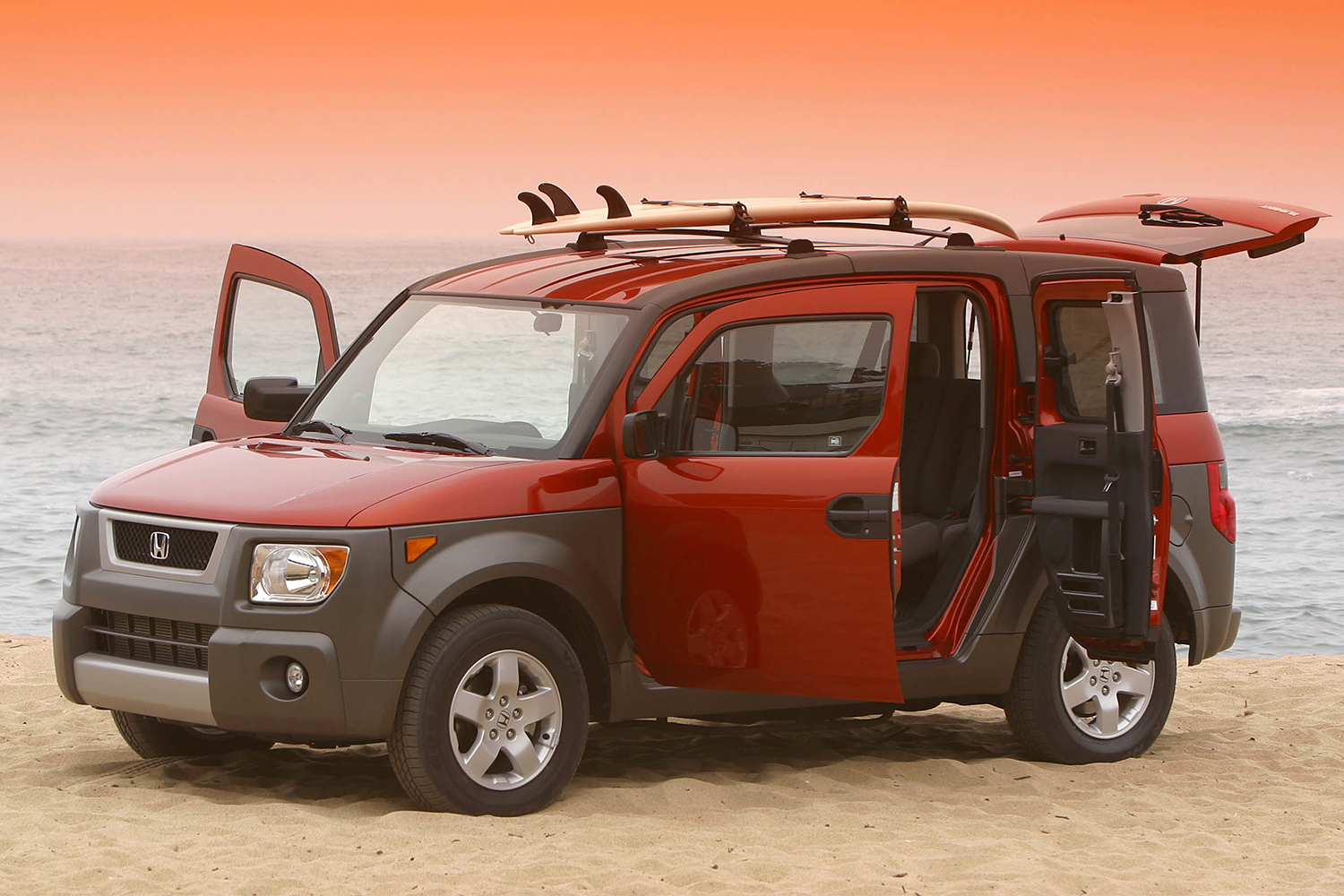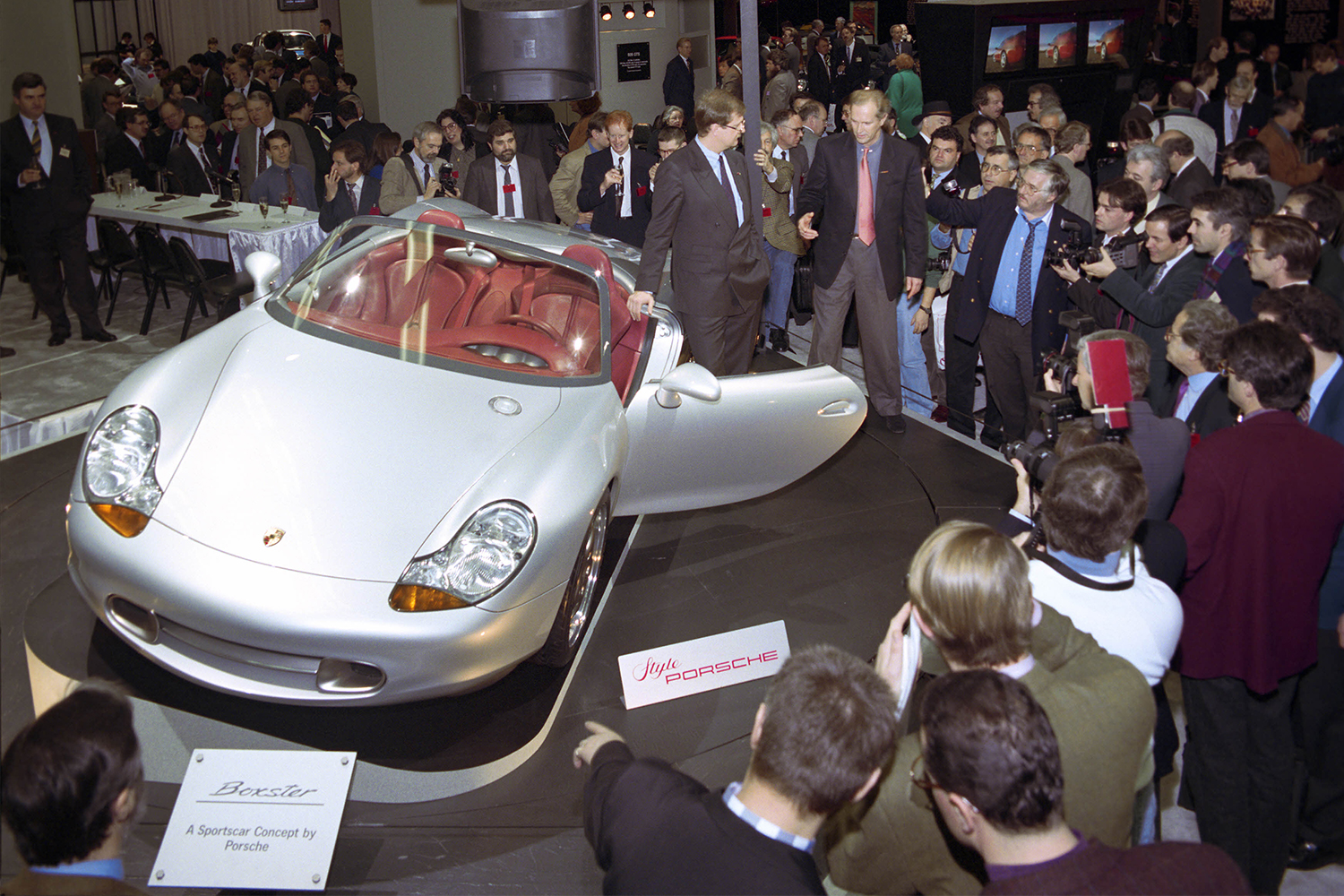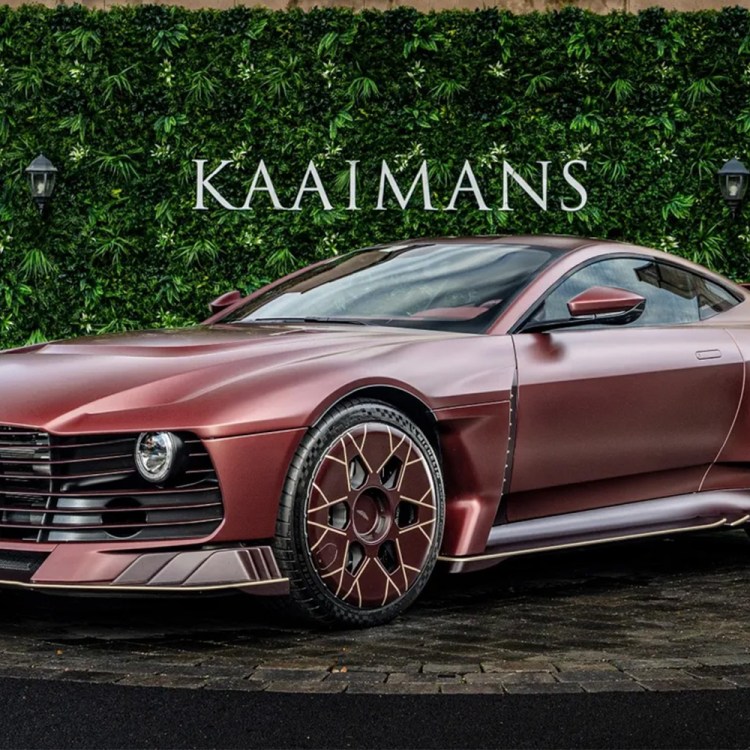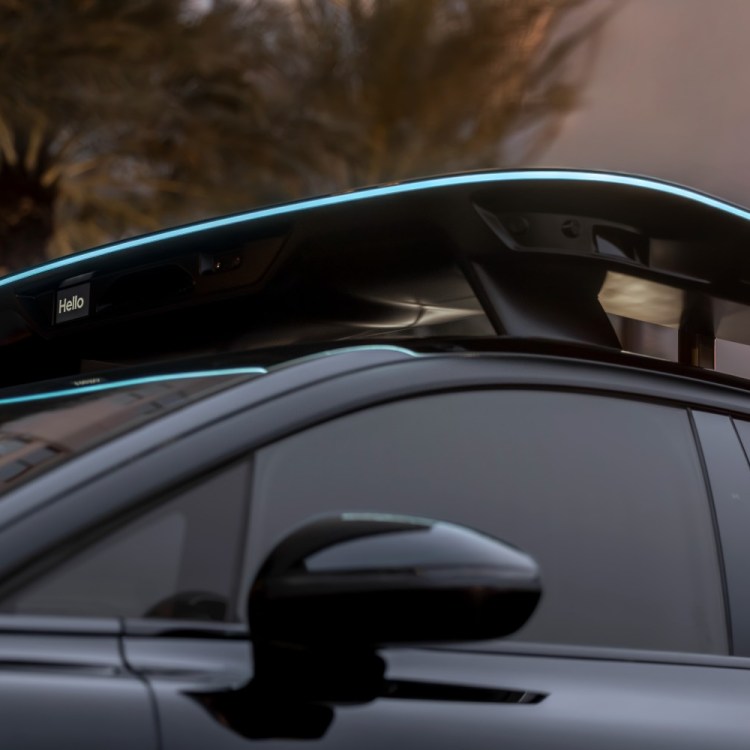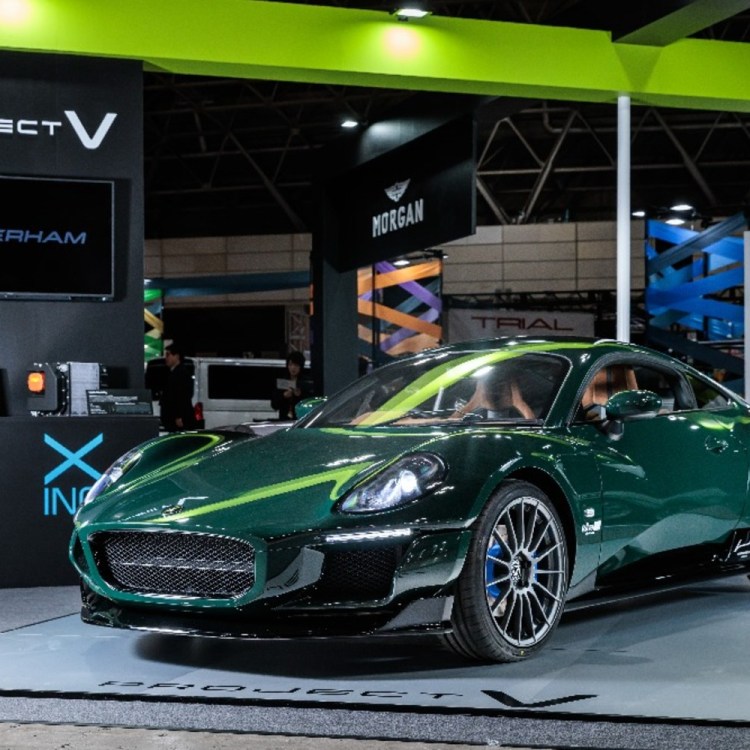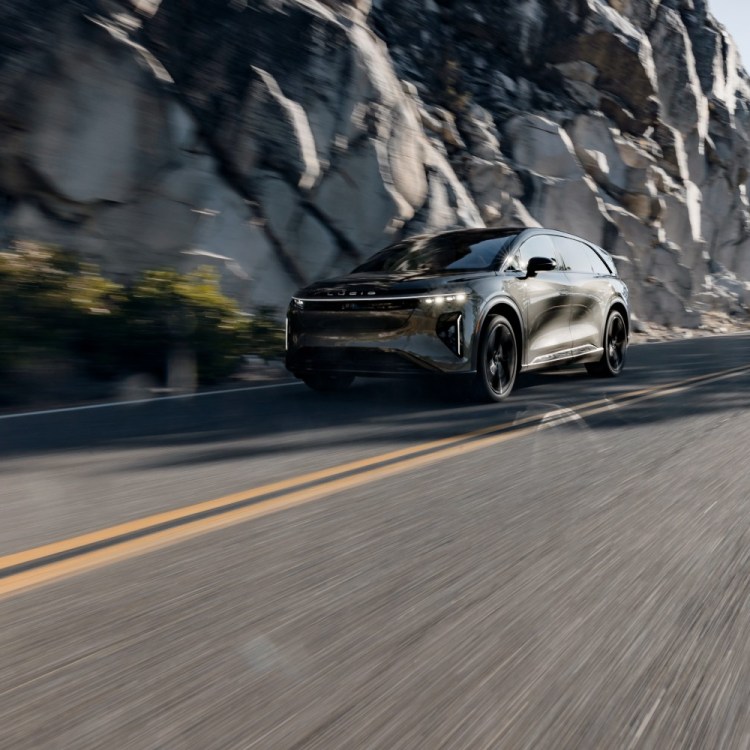It’s safe to say that the supercar realm has given over almost entirely to the seductions of electrification. There’s simply too much tempting torque to leave on the table when building a 200-mph monster to ignore the sledgehammer acceleration provided by a well-designed hybrid system. Having firmly established a beachhead among models like the Ferrari SF90, the McLaren Speedtail and the Koenigsegg Regera, battery tech has also trickled down to more affordable sports cars like the Acura NSX Type S.
Although the latter might seem to be most influenced by the upper strata of speed, the electric origins of the NSX actually have a seldom-discussed in-house ancestor. Let’s set the dial on the time machine all the way back to 1997 so we can chart the jagged course from the little-known Honda J-VX concept all the way through to the automaker’s current sports car strategy.
Honda’s High-Performance Hybrid
When telling the history of Honda’s hybrid program, most people start in 1999 with the Honda Insight, the tiny teardrop-shaped hatchback that served as the original commercial application of the automaker’s battery-powered Integrated Motor Assist (IMA) system, which is still in use today. Although the Insight was the first vehicle to bring a hybrid Honda to market, the technology had already been previewed by a concept car called the J-VX at the Tokyo Motor Show nearly two years earlier.
It’s easy to understand the disconnect between the Honda J-VX and the Insight, because while they shared the same basic hybrid drivetrain, conceptually the two vehicles couldn’t have been more different. Rather than the fuel-sipping, ultra-slippery shape adopted by the Insight, the J-VX looked more like a starfighter from some distant century. It was an aggressively styled sports car with a stubby wheelbase whose sharp angles updated the brand’s more rounded Civic Type R design (which arrived in showrooms that same year).
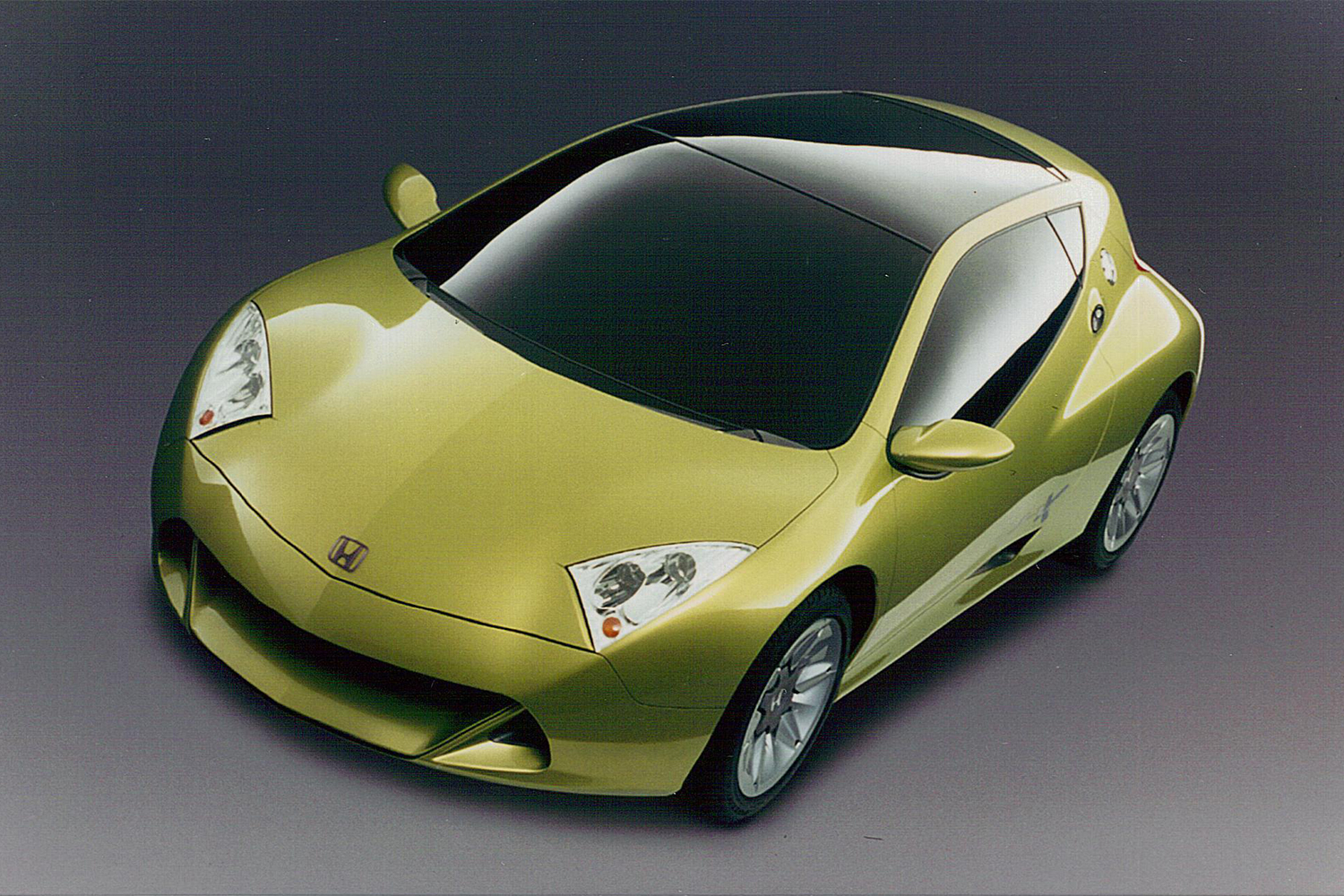
That high-performance philosophy was also shown in the concept’s unique IMA implementation. Although it shared a 1.0-liter, three-cylinder gas engine with the Insight, instead of a battery pack, the J-VX was equipped with something called a “supercapacitor.” Familiar to racing fans as the backbone of Formula 1’s kinetic energy recovery system that appeared at the end of the 2000s, a supercapacitor weighs far less than a traditional battery and can discharge its energy very quickly (along with offering an equally rapid recharge rate).
This makes it perfect for use not just in the racing world but also when designing a lightweight sports car like the Honda J-VX, which used the device to provide up to 13 seconds of power boost over and above what the gas motor was capable of providing. The capacitor wasn’t capable of turning the drive wheels directly, however, making it an exotic adrenaline-add in a world when electrification was almost entirely unknown.
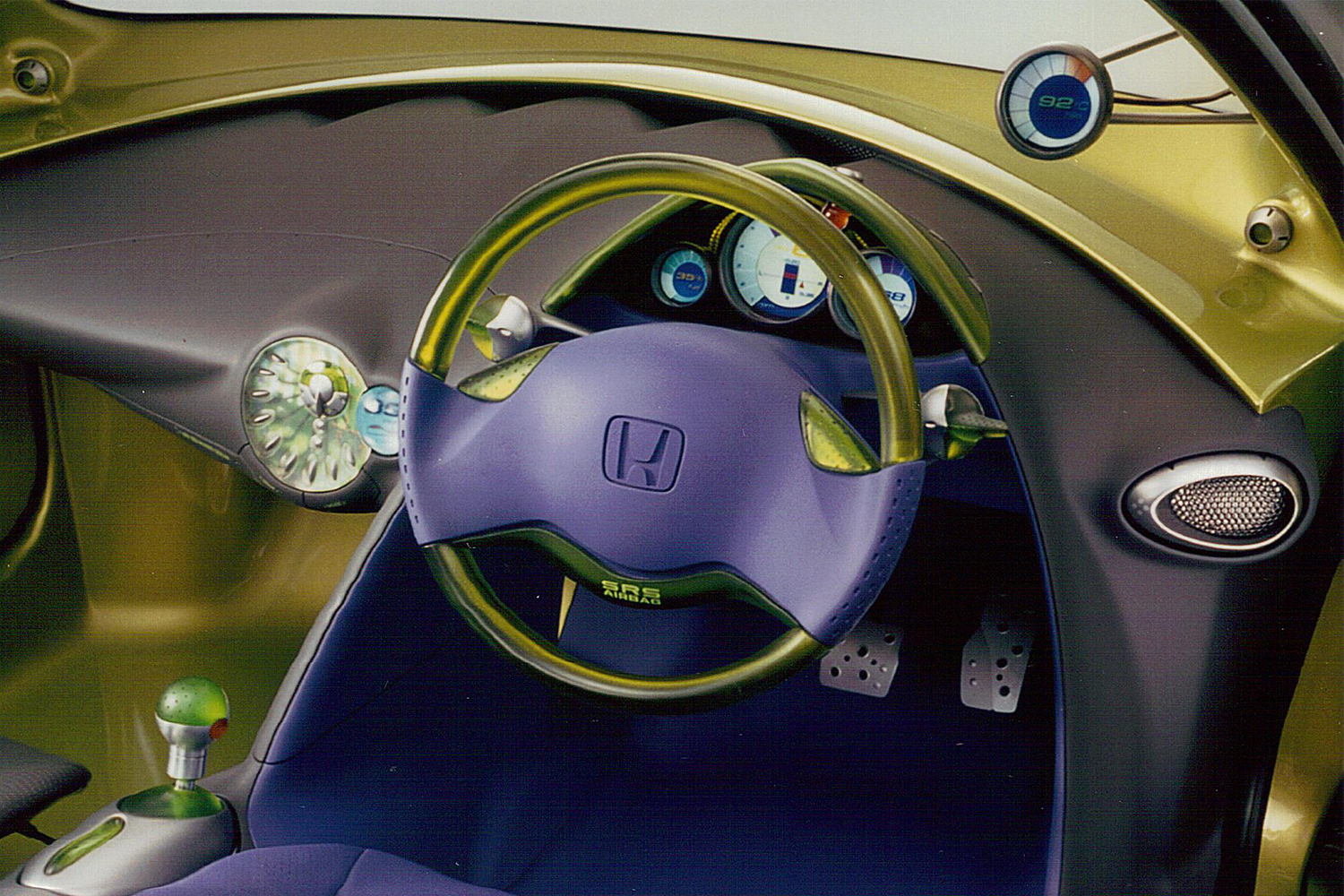
Second Chance CR-Z
The sports car stance of the J-VX positioned it directly opposite the Toyota Prius, which also debuted that year. Rather than dazzle with silent running or lofty fuel-efficiency figures, Honda instead suggested that a battery-assisted future need not be boring from behind the wheel. Of course, when the IMA system went on sale it took the form of the Insight’s hypermiling — not hypercar — blueprint, ditching its supercapacitor for a more affordable, and practical, fuel-saving battery setup.
The J-VX was far from finished making waves at Honda, however. Behind the scenes, the automaker’s engineers and design teams were still fervently at work to try and prove the potential offered by an electrified sports car. It was a process that culminated nearly a decade later when a very familiar-looking concept once again took the stage in Tokyo: the CR-Z.
The “Compact Renaissance Zero” might have been foisted with a bit of a nonsense spiel to justify its acronym, but Honda fans easily made the connection between the hatchback’s profile and that of the ‘80s-era CR-X, a fun-to-drive variant of the Civic. Less obvious to anyone other than the most devoted brand adherents was just how remarkably similar its sheet metal was when lined up against the J-VX from 10 years earlier.
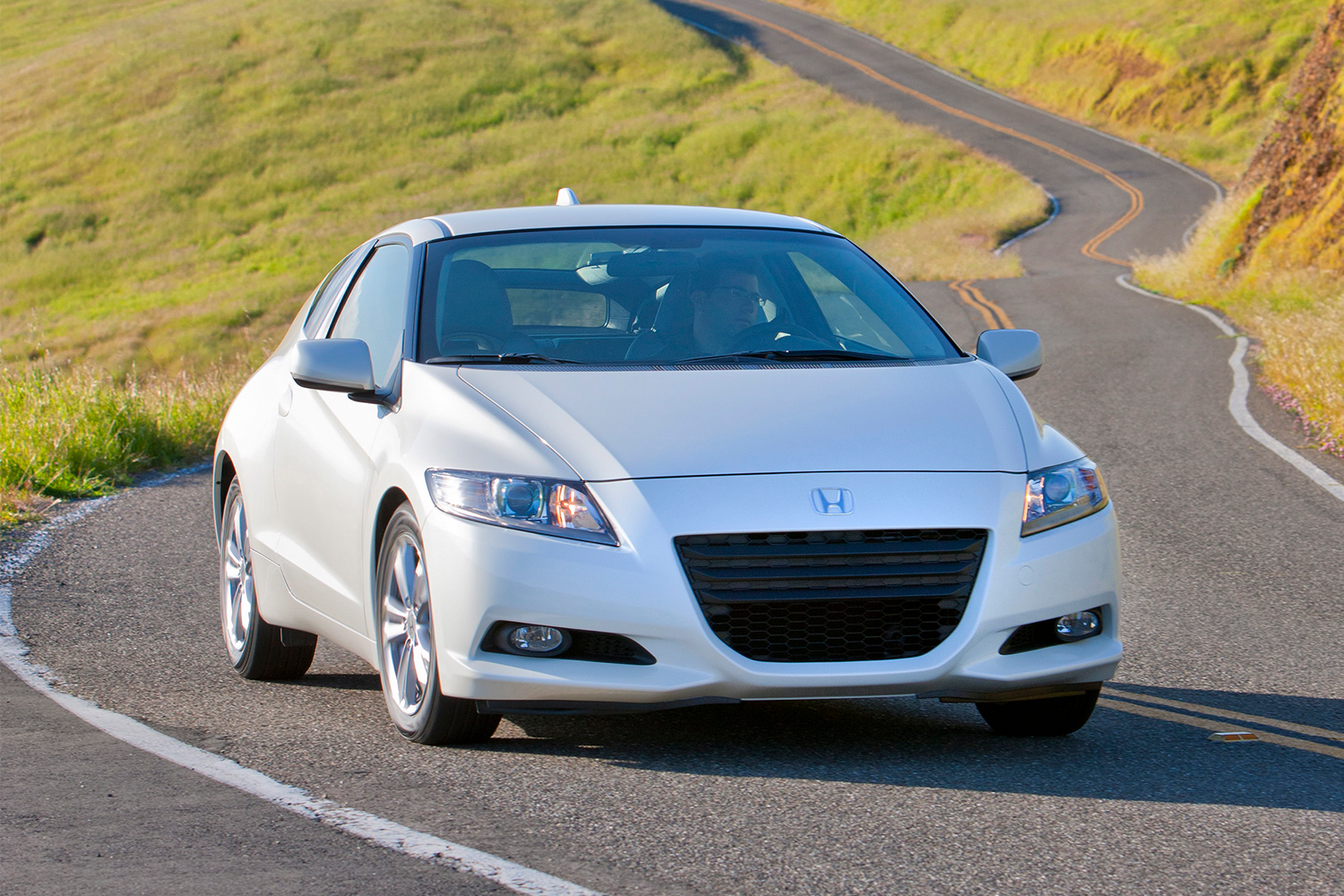
Like the CR-X, the CR-Z was also a two-seater and, surprisingly for a hybrid vehicle from that time, came equipped with a manual transmission option. Honda had been adamant about keeping the clutch pedal in the IMA mix (having also been a feature of the Insight), and in another echo of the J-VX, this time it was to improve smiles per gallon, rather than miles per gallon.
The Honda CR-Z, the very first hybrid sports car to be sold in America, was unfortunately more than a little compromised. Its 1.5-liter, four-cylinder engine and 10-kW electric motor could be counted on for a modest 122 horsepower and 128 lb-ft of torque (numbers that later grew to 130 horses and 140 lb-ft of twist). Those figures are nearly double those produced by the original Insight, but with a curb weight approaching 2,800 pounds, it wasn’t quite enough to stir the CR-Z into a frenzy. Honda’s determination to produce a vehicle that was both fun to drive and frugal at the pump unfortunately hampered its pedal-down performance, leaving owners more likely to enjoy its 39-mpg highway rating and its engaging chassis than its drag strip time.
As an overall experience, the CR-Z was a failure for Honda, lasting only from the 2011 model year until 2016. Not even the addition of more aggressive gear and a J-VX-like “push for electric boost” feature a couple of years into the hatchback’s run could turn the tide. Buyers were more enchanted by the period’s nascent muscle car renaissance than the Compact Renaissance Zero, and chose instead to engage with the horsepower wars rather than support the CR-Z’s bid to become an electrified, front-wheel drive Miata alternative.
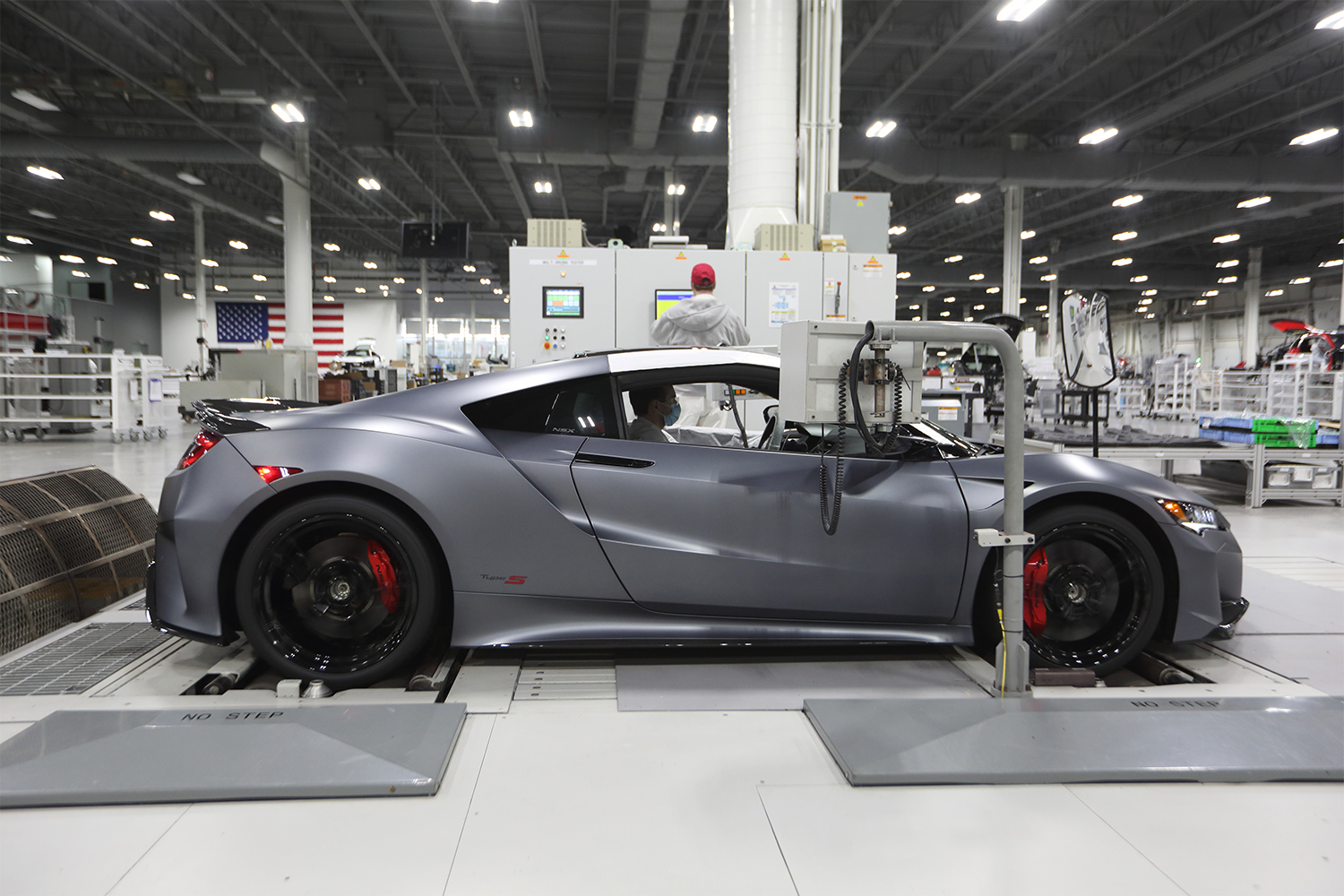
Finding Success With the NSX
Having by now had two cracks at the hybrid sports car concept, Honda wasn’t about to let its third swing send it down and out. At roughly the same time as the CR-Z was ending its run, brands like Ferrari, McLaren and Porsche were experimenting with hybrid performance vehicles of their own. It quickly became clear that the true path forward for battery-assisted sports cars had little to do with overall efficiency but rather the harnessing of an electric motor’s catapulting instant-on torque advantage.
Honda took this lesson to heart, initiating a shocking sea change in the design of its second-generation NSX coupe. Initially tagged to feature a high-revving V10 engine (based on the Acura Advanced Sports Car Concept), five years into its lengthy development process nearly everything about its drivetrain was thrown into the dumpster in favor of a radical, electric all-wheel drive setup. A pair of battery-powered motors took over the front axle’s motivation entirely, with a third aiding and abetting a twin-turbo V6 at the rear. The entire enterprise produced a generous 573 horsepower when it eventually went on sale as a 2017 model.
Extremely quick and remarkably easy to drive, the hybrid Acura NSX was in almost every way the polar opposite of the J-VX. Over-muscled where the concept was lean, featuring an automatic transmission, and relying on exceptional all-wheel drive grip and digital nannies to overcome its nearly two-ton curb weight, it was the antithesis to the direct engagement promised by the lightweight J-VX’s manual transmission and push-to-pass supercapacitor.
It was also the right call for the company. The NSX was the first successful hybrid sports car for Honda, proudly polishing the Acura badge at a time when its American trajectory seemed uncertain at best. Recently capped by an even more powerful Type S model, despite its modest sales the future looks bright for a third generation of the supercar to continue as the premium automaker’s guiding light.
The Honda J-VX was so far ahead of its time that it took nearly two decades for the company to figure out an electric sports car formula that was in tune with the high-performance zeitgeist. Unable to overcome the physics of battery mass or the expectations of customers trained to sniff out horsepower bragging rights, the company had to turn its back on what the J-VX originally stood for in order to find a formula for the NSX that it could convincingly market in a world gone mad for big battery thrust.
Still, Honda remains the only mainstream automaker to bring a true hybrid sports car to American roads — and that never would have happened without the J-VX concept daring to pioneer a very different path towards performance.
This article appeared in an InsideHook newsletter. Sign up for free to get more on travel, wellness, style, drinking, and culture.
